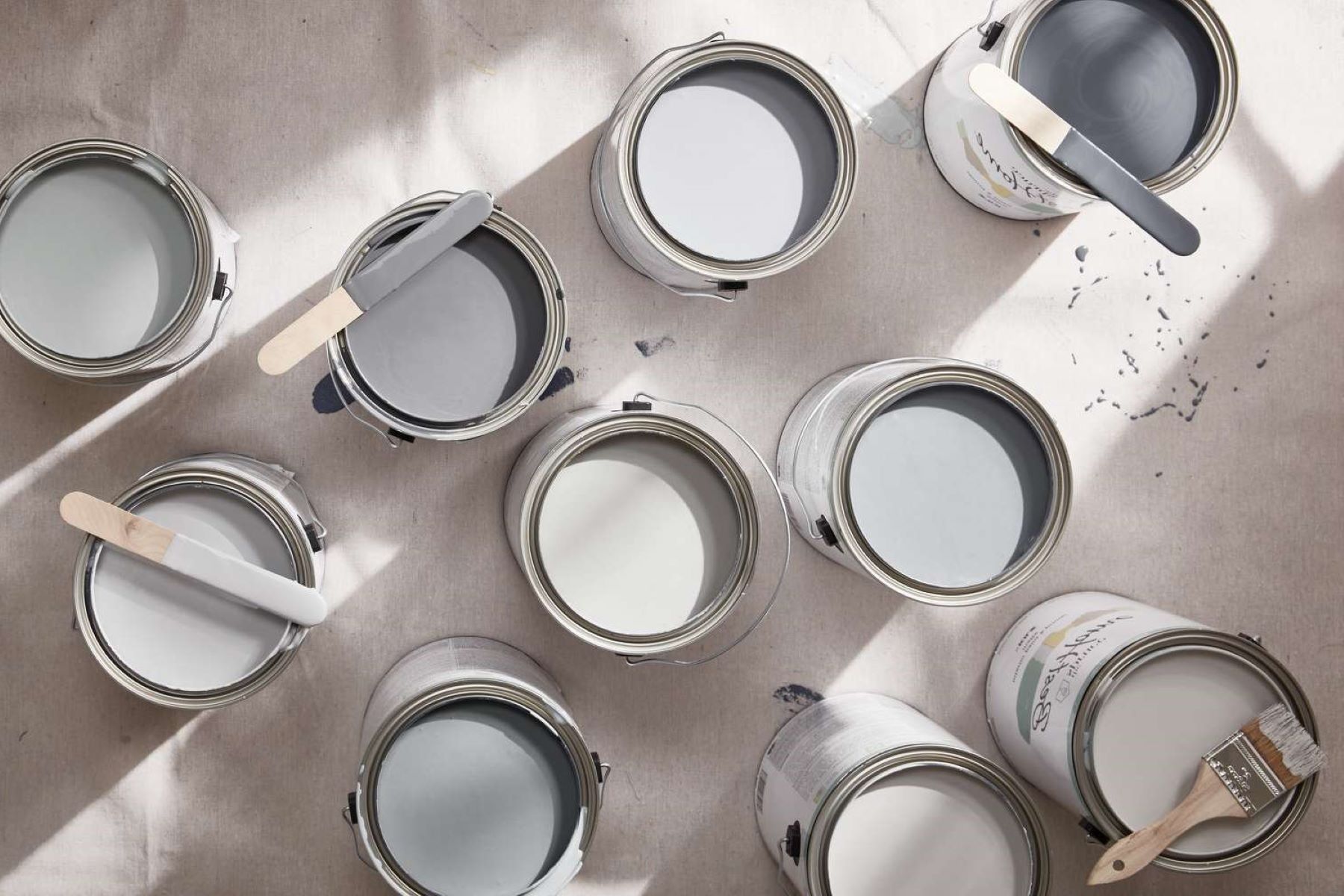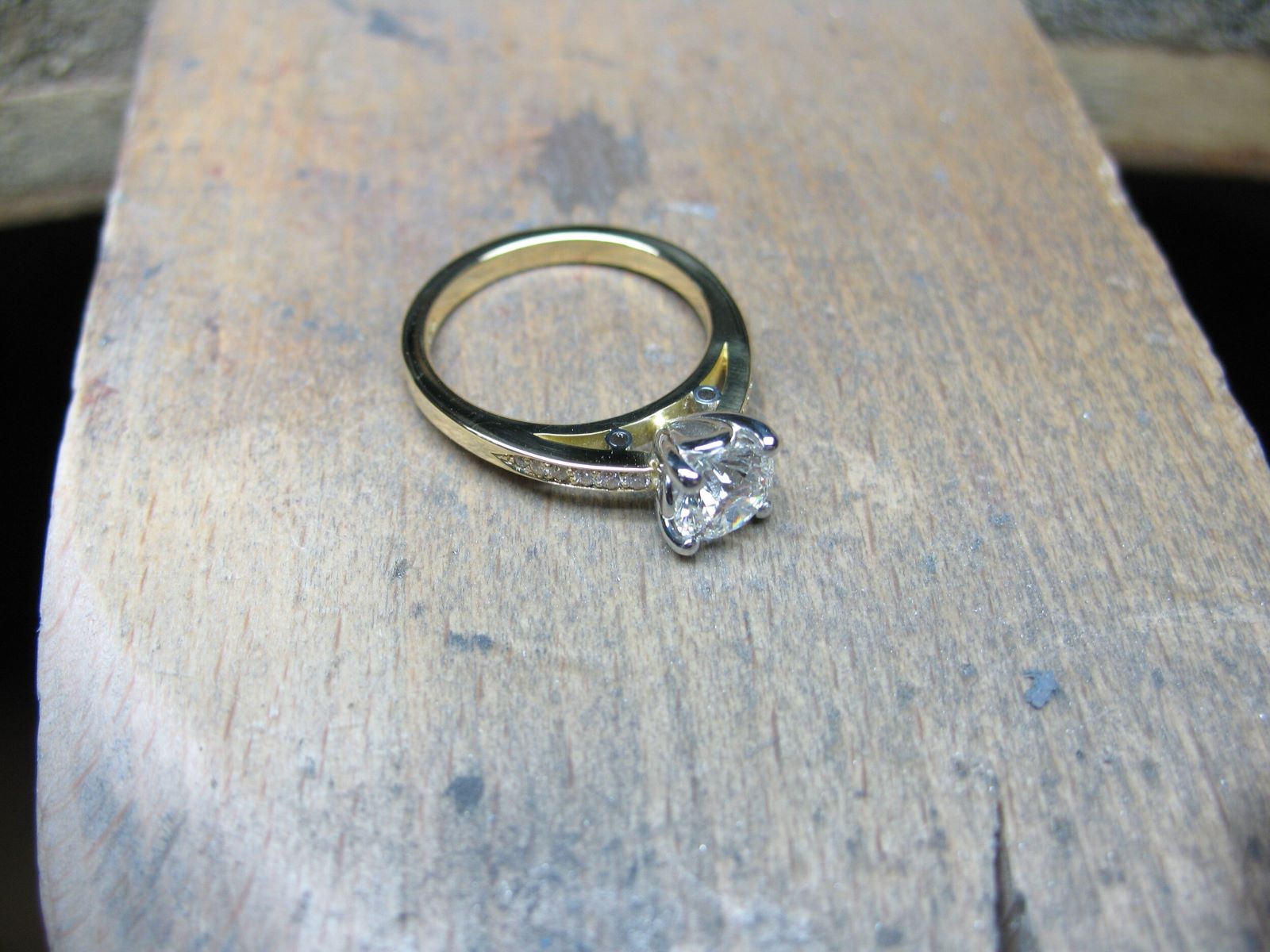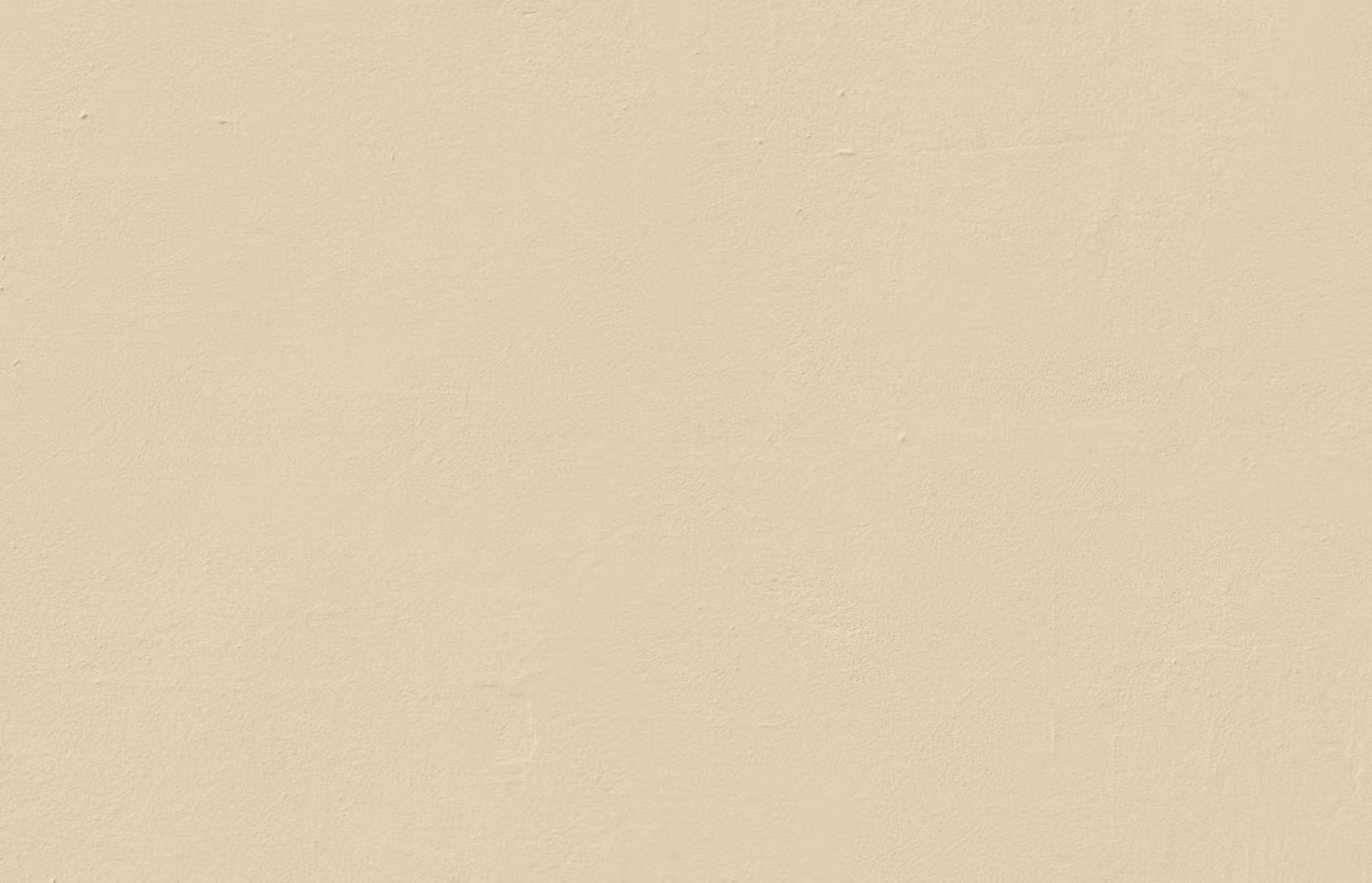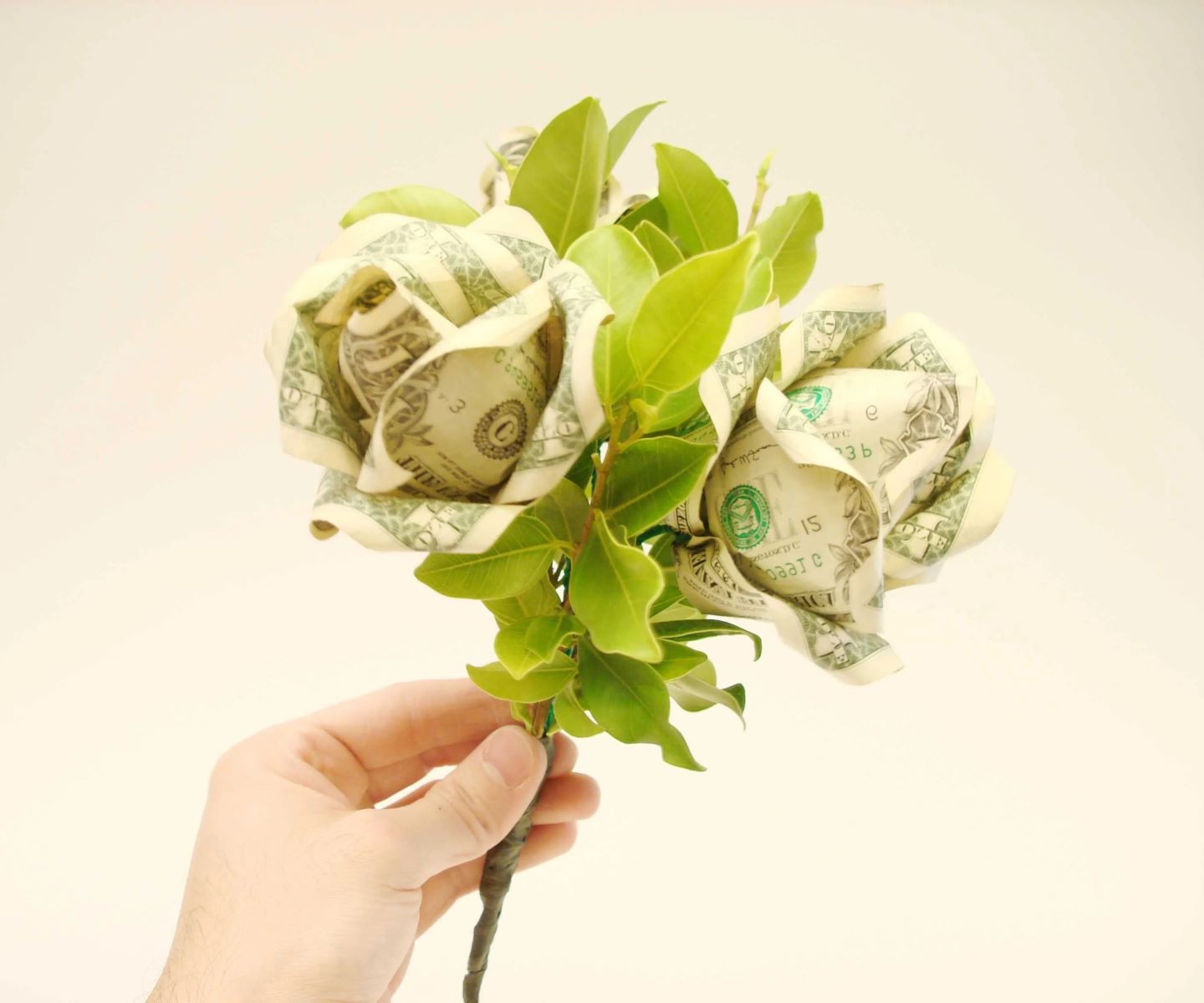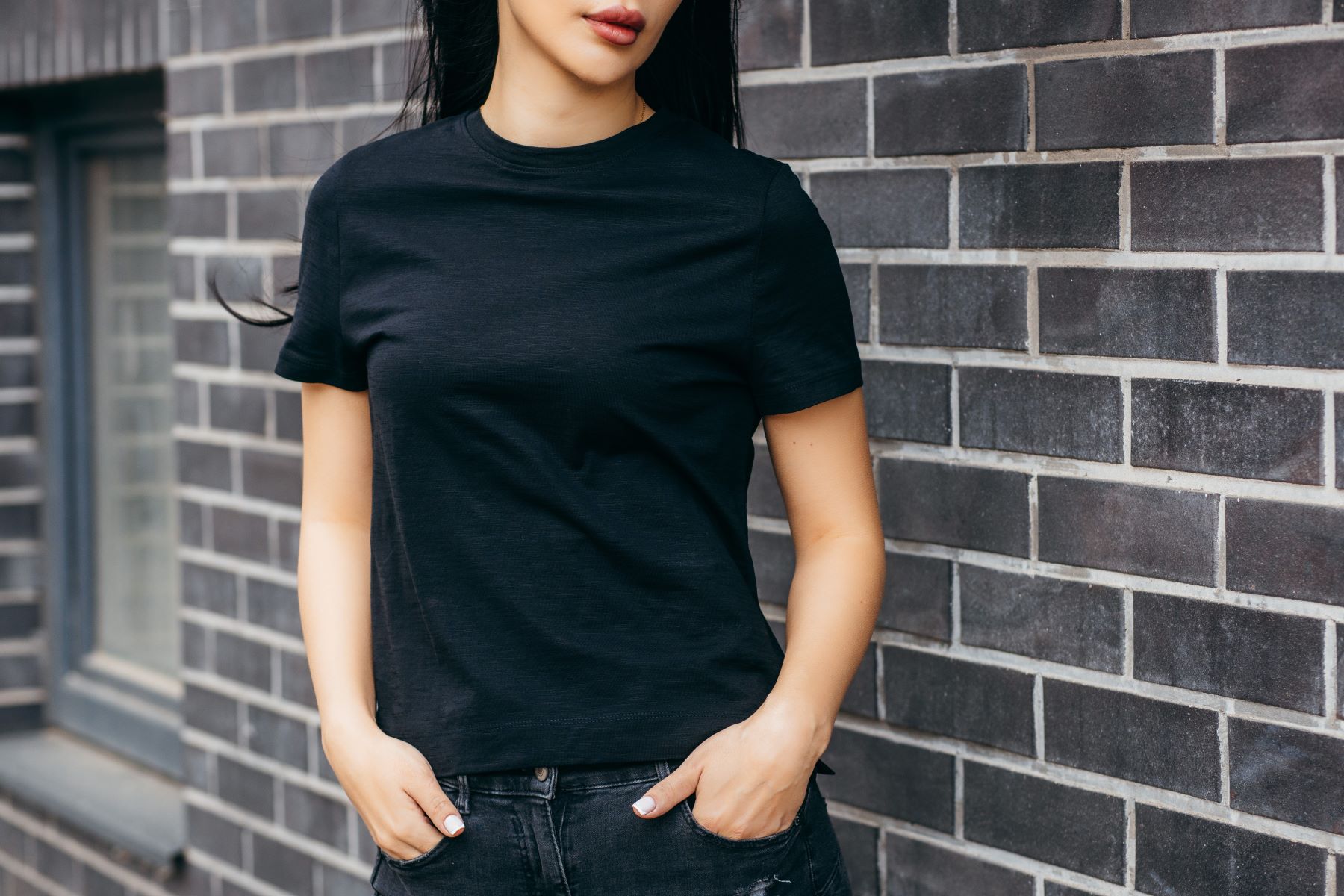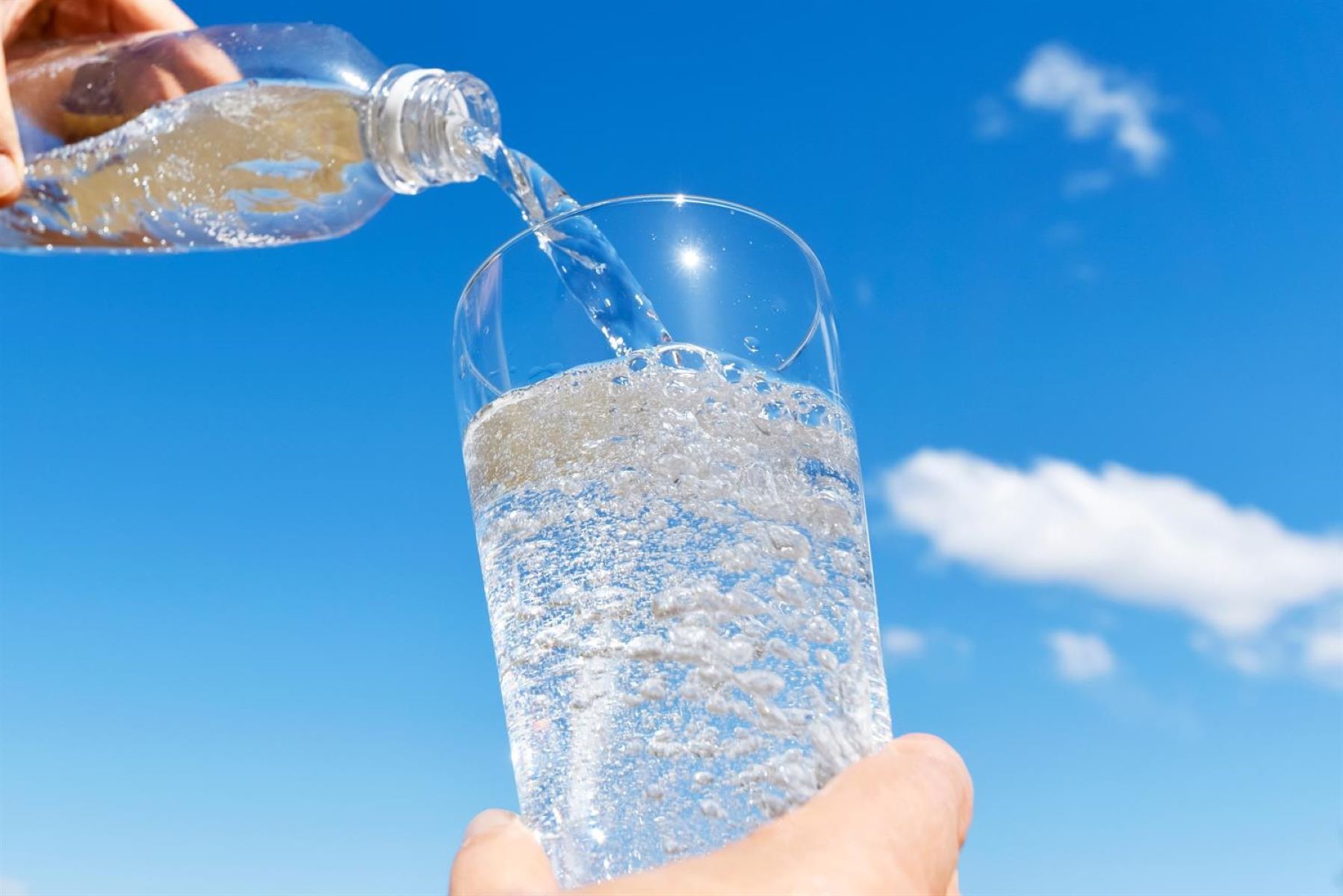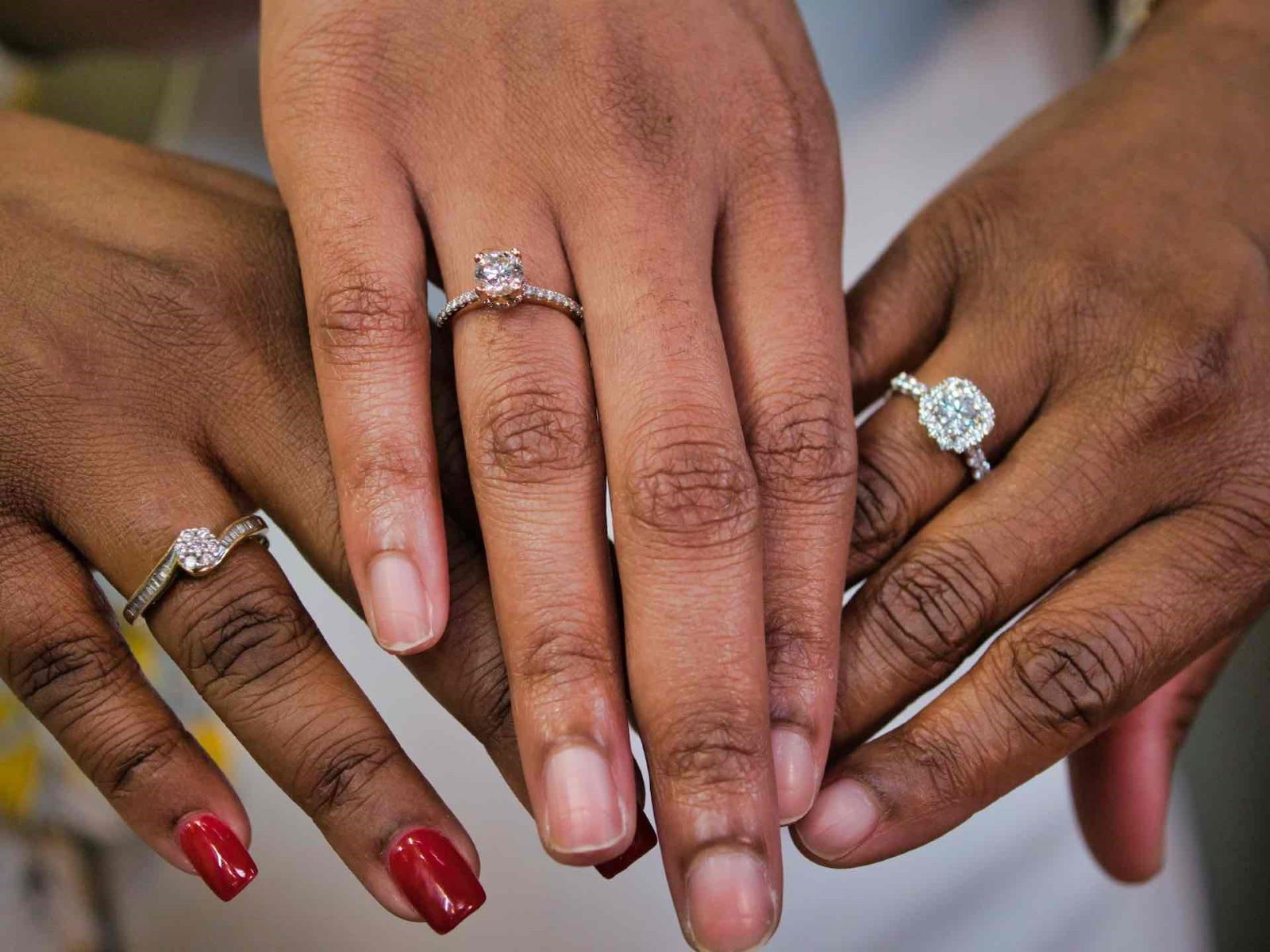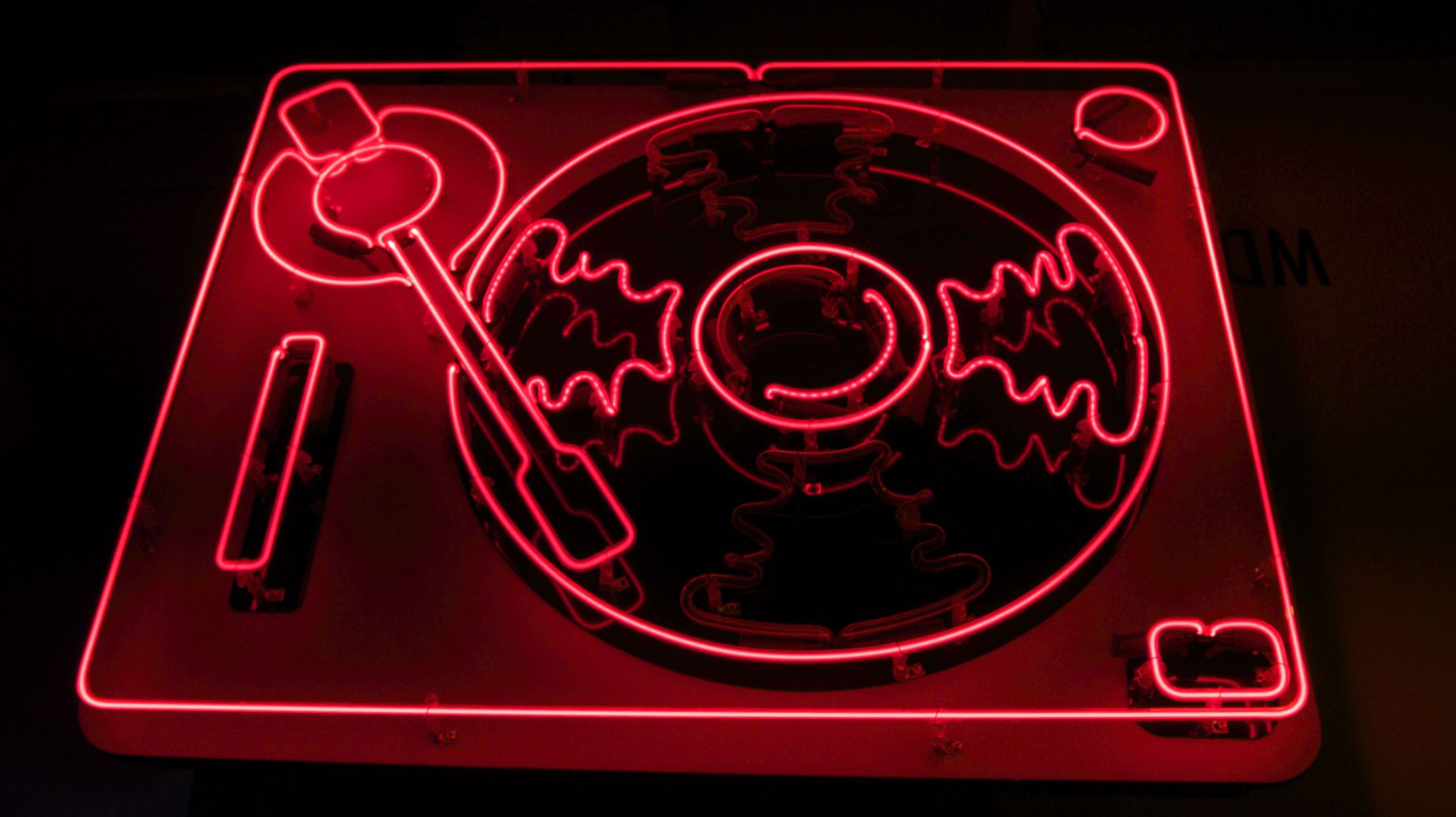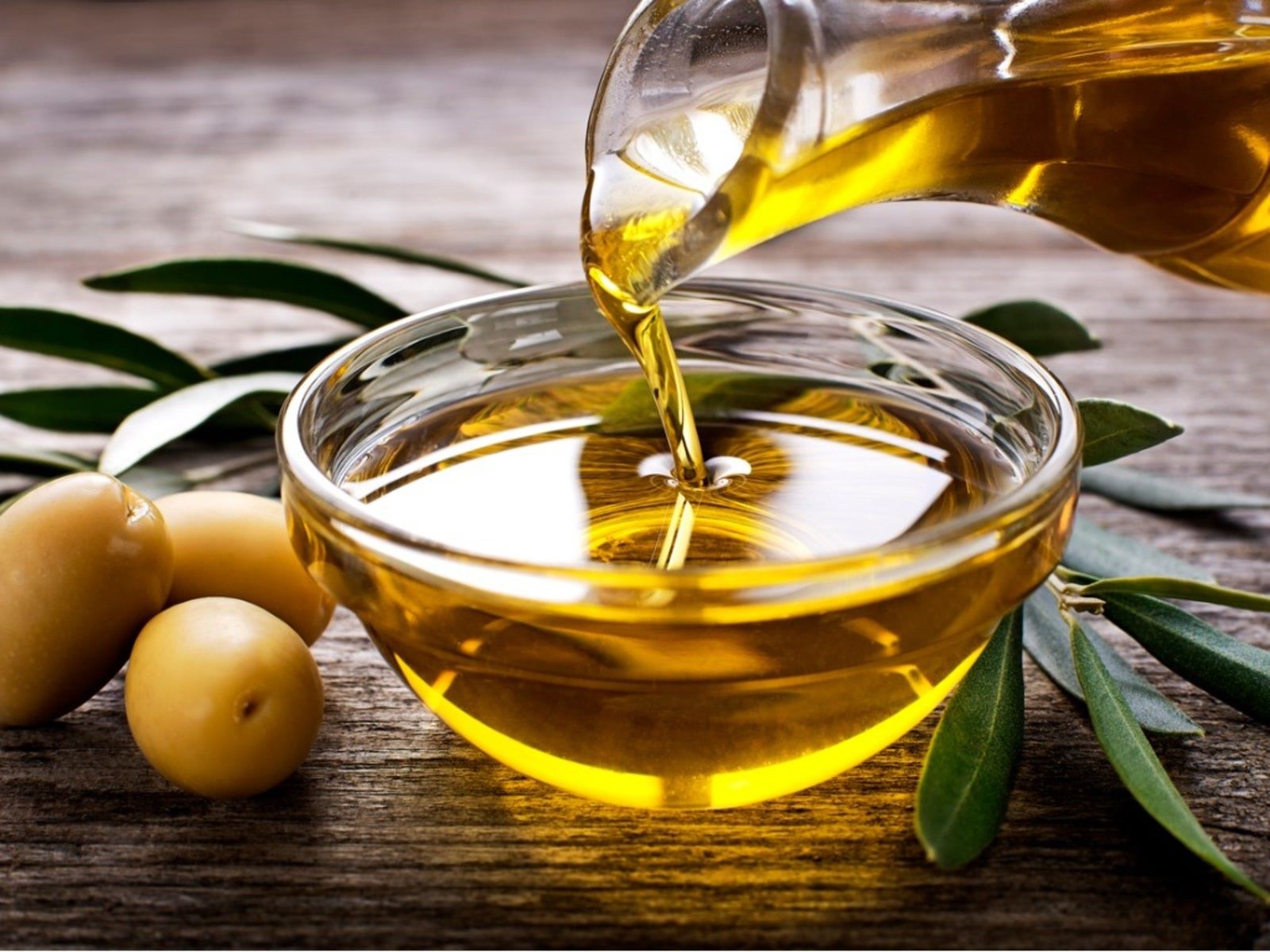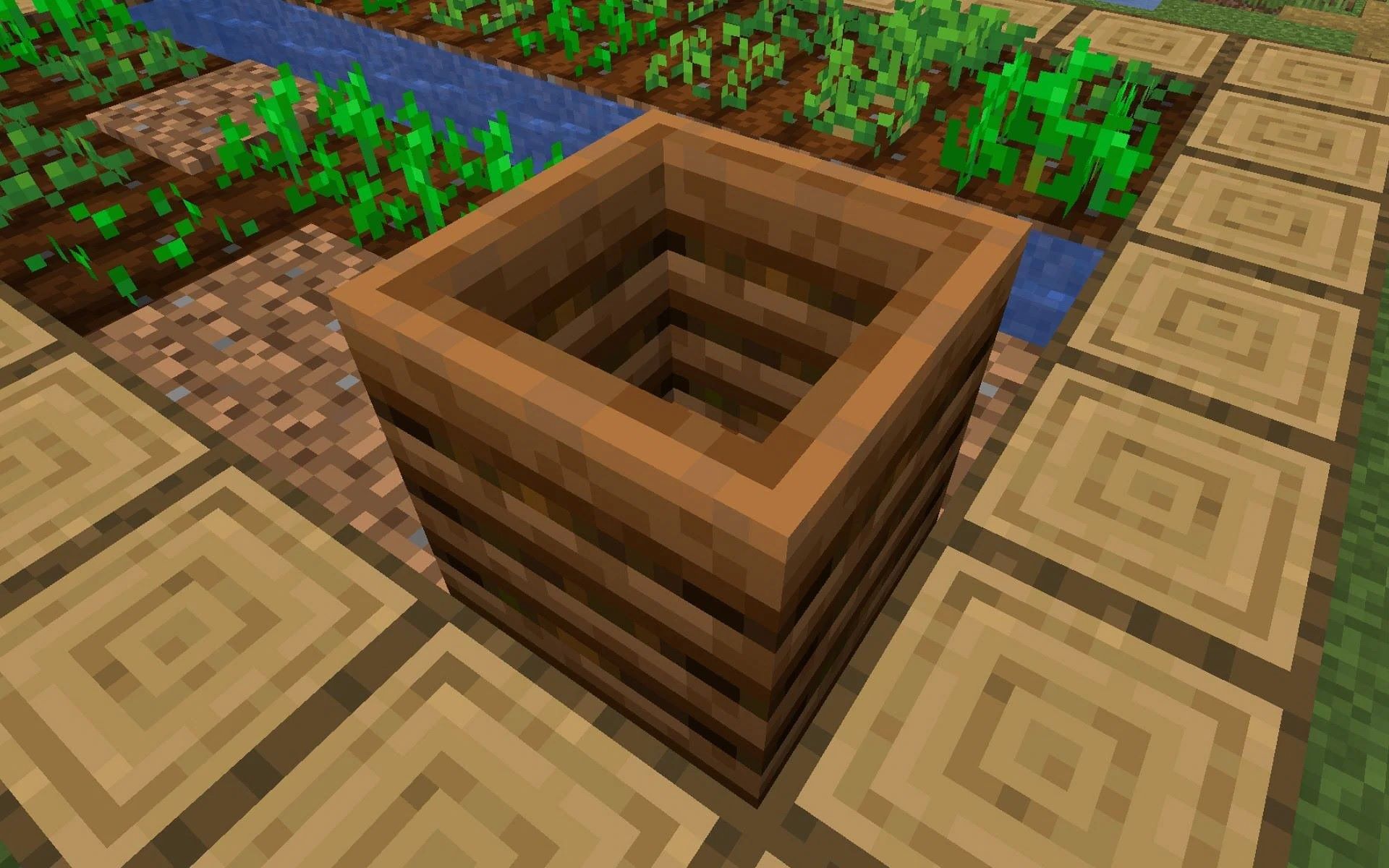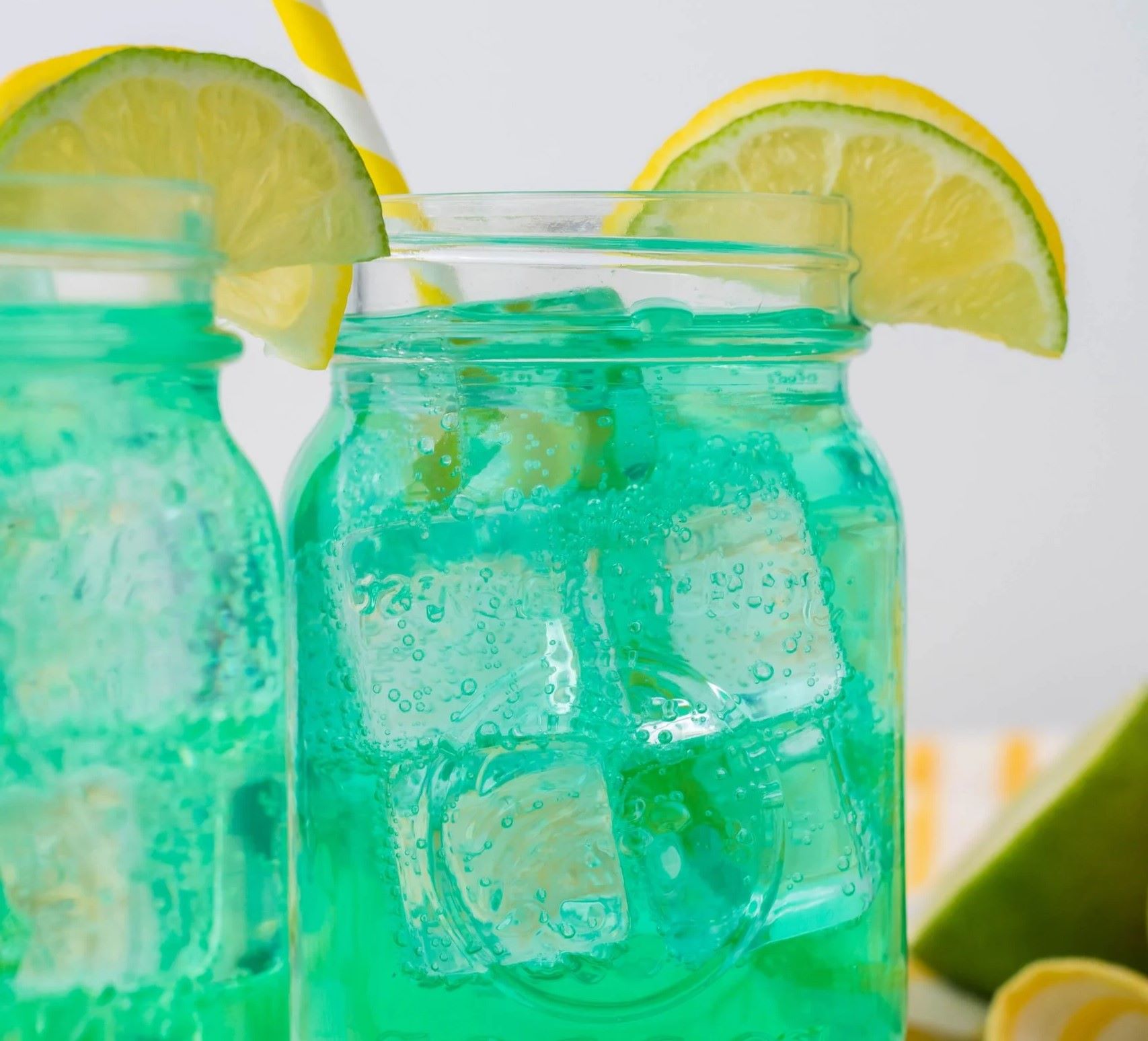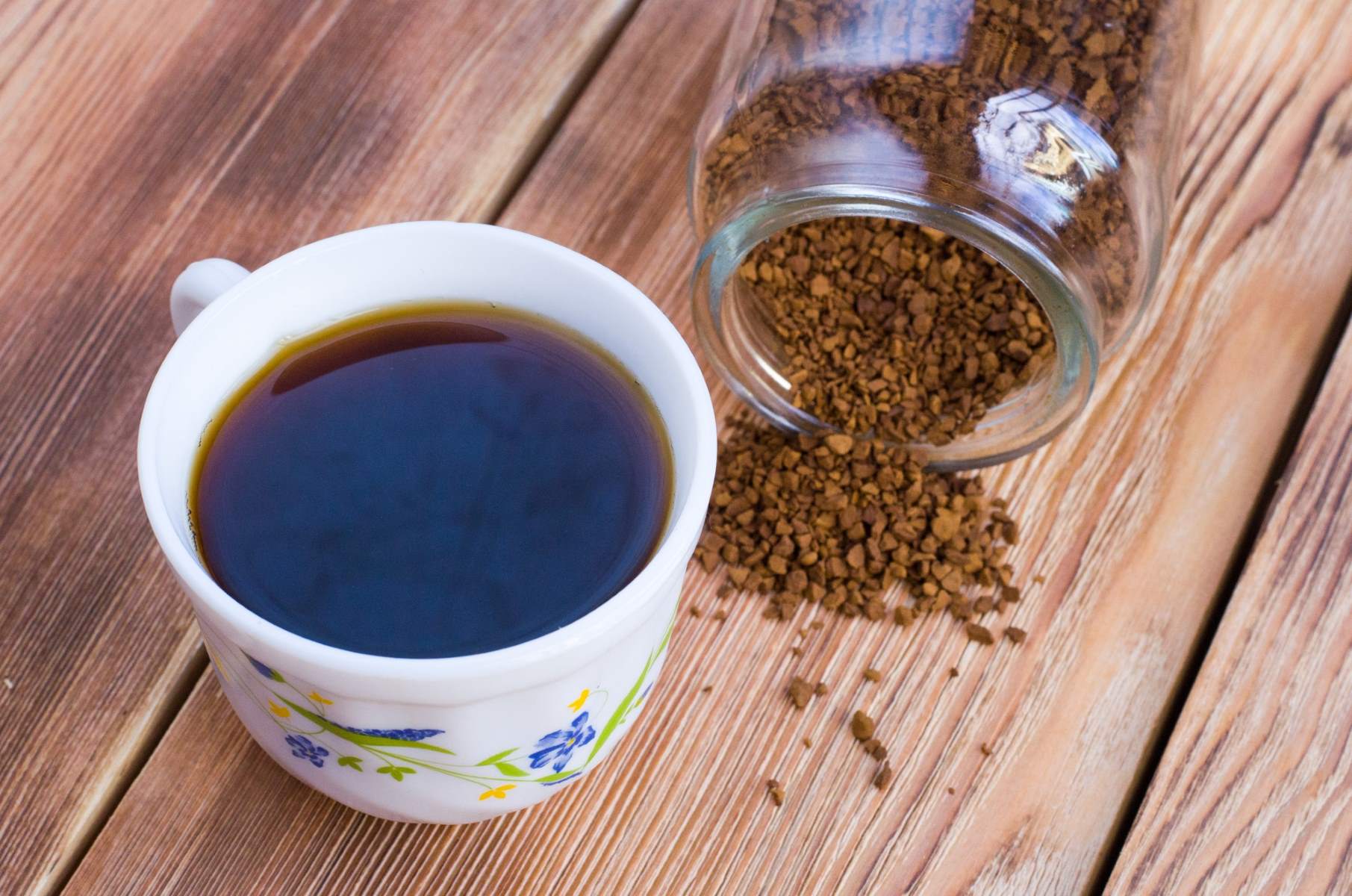Home>Home and Garden>How To Make Socks White Again
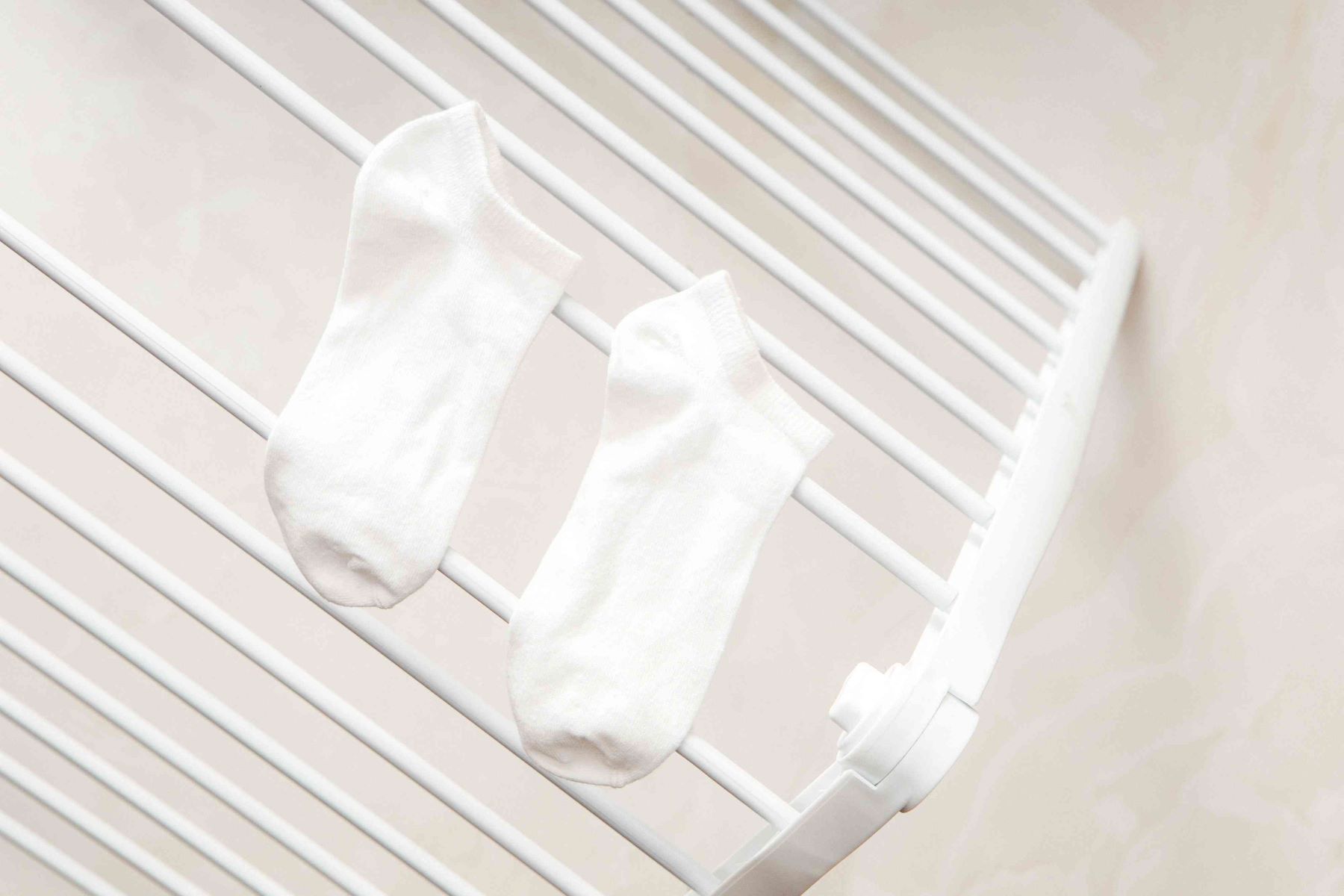

Home and Garden
How To Make Socks White Again
Published: March 5, 2024
Learn how to restore the whiteness of your socks with simple home and garden remedies. Say goodbye to dingy socks with these effective tips.
(Many of the links in this article redirect to a specific reviewed product. Your purchase of these products through affiliate links helps to generate commission for Regretless.com, at no extra cost. Learn more)
Table of Contents
Introduction
Keeping your socks looking bright and white can be a challenging task, especially after numerous washes and regular use. Over time, socks tend to lose their pristine white color and may become discolored due to various factors such as dirt, sweat, and exposure to different fabrics. However, there's no need to bid farewell to your favorite pairs just yet. With the right techniques and a little bit of effort, you can restore your socks to their former glory.
In this comprehensive guide, we will explore various methods to rejuvenate your socks and bring back their original white hue. From traditional bleach to natural alternatives like baking soda and vinegar, we will delve into the most effective ways to whiten your socks. Additionally, we'll provide tips for maintaining the whiteness of your socks, ensuring that they stay bright and fresh for longer periods.
Whether you're dealing with dingy athletic socks or elegant dress socks, this guide is designed to equip you with the knowledge and techniques needed to tackle discoloration effectively. By the end of this article, you'll have a clear understanding of the causes of sock discoloration and the best practices for restoring and preserving their pristine white appearance. So, roll up your sleeves and get ready to revive your socks with these tried-and-true whitening methods.
Understanding the Causes of Discoloration
The discoloration of white socks can be attributed to various factors, and understanding these causes is crucial in effectively addressing the issue. One of the primary culprits behind sock discoloration is the accumulation of dirt and grime. As socks are constantly in contact with the soles of our feet and the insides of our shoes, they easily pick up dirt, sweat, and other particles, leading to a gradual yellowing or dulling of the fabric.
Furthermore, the frequent washing of socks, especially when mixed with colored garments, can contribute to discoloration. The transfer of dyes from other clothing items onto white socks during the washing process can result in a faded or off-white appearance. Additionally, exposure to certain fabrics, such as denim or colored materials, can cause white socks to take on a tinted hue over time.
Moreover, the use of harsh detergents or bleach alternatives that are not specifically formulated for white fabrics can impact the whiteness of socks. These products may not effectively combat stains and discoloration, leading to a lackluster appearance.
Another common cause of sock discoloration is the presence of bacteria and fungi, which thrive in the warm, moist environment created by wearing socks. These microorganisms can contribute to yellowing and staining, particularly in the toe and heel areas of the socks.
Understanding these causes of discoloration is essential for implementing the most suitable whitening methods. By recognizing the factors that contribute to the loss of whiteness in socks, individuals can take proactive steps to address and prevent discoloration, ultimately prolonging the lifespan of their favorite white socks.
Preparing the Socks for Whitening
Before diving into the whitening process, it's essential to prepare the socks adequately to ensure optimal results. Start by sorting through your white socks, separating them from colored or delicate garments to prevent potential color bleeding or damage during the whitening process.
Next, inspect the socks for any visible stains or spots. If there are specific areas of discoloration, consider pre-treating those areas with a stain remover or a gentle laundry detergent. Gently rub the pre-treatment solution into the affected areas and allow it to sit for a few minutes before proceeding to the whitening step.
Once any targeted stain treatments have been applied, it's time to give the socks a thorough wash. Use a high-quality laundry detergent specifically formulated for white fabrics. Avoid using bleach at this stage, as it will be incorporated into the whitening process later. Select the appropriate water temperature based on the care instructions of the socks and the severity of the discoloration.
After the initial wash, inspect the socks to assess the level of discoloration that remains. If the socks still appear dingy or discolored, consider repeating the washing process to further lift any remaining grime or stains.
Once the socks have been washed and rinsed, it's crucial to ensure that they are completely dry before proceeding with the whitening methods. Damp or wet socks can hinder the effectiveness of the whitening agents and may lead to uneven results.
By thoroughly preparing the socks for the whitening process, you set the stage for successful restoration. This meticulous approach not only enhances the efficacy of the whitening methods but also helps to prolong the lifespan of your white socks, ensuring that they maintain their pristine appearance for longer periods.
Remember, the key to achieving dazzling white socks lies in the careful preparation and attention to detail before embarking on the whitening journey. With the socks primed and ready, you're now equipped to explore the various whitening techniques and breathe new life into your beloved white socks.
Using Bleach to Whiten Socks
Bleach is a powerful whitening agent that can effectively restore the brightness of white socks. When using bleach, it's crucial to exercise caution and follow the recommended guidelines to ensure safe and successful results.
To begin the bleaching process, prepare a solution of water and bleach in a clean basin or sink. It's important to dilute the bleach according to the instructions on the product label, as using undiluted bleach can damage the fabric and result in uneven whitening. Typically, a ratio of one part bleach to four parts water is suitable for whitening socks.
Once the bleach solution is prepared, submerge the socks in the mixture, ensuring that they are fully immersed. Gently agitate the socks in the bleach solution to ensure even saturation. Allow the socks to soak in the bleach solution for approximately 5 to 10 minutes, periodically agitating them to facilitate the whitening process.
After the soaking period, carefully remove the socks from the bleach solution and thoroughly rinse them with cold water to halt the bleaching action. It's essential to rinse the socks until all traces of bleach are completely removed, as residual bleach can cause damage to the fabric and skin irritation.
Following the rinsing process, wash the socks separately using a mild detergent to eliminate any remaining bleach and to ensure that they are clean and fresh. It's advisable to avoid using fabric softener during this wash, as it may interfere with the whitening effects of the bleach.
Once the socks have been washed, allow them to air dry completely. Avoid using a dryer, as the heat can set any remaining stains and compromise the whitening achieved through the bleaching process.
When using bleach to whiten socks, it's important to exercise caution and perform a patch test on a small, inconspicuous area of the socks to ensure that the fabric can withstand the bleaching process. Additionally, it's advisable to wear protective gloves and work in a well-ventilated area when handling bleach to minimize skin and respiratory irritation.
By following these steps and precautions, you can effectively utilize bleach to restore the pristine whiteness of your socks. However, it's important to note that while bleach is a potent whitening agent, it may not be suitable for all types of fabrics. Always refer to the care instructions provided by the sock manufacturer and consider alternative whitening methods for delicate or specialty fabrics.
Incorporating bleach into your sock whitening routine can breathe new life into your favorite pairs, allowing you to enjoy bright, fresh-looking socks once again.
Using Baking Soda and Vinegar to Whiten Socks
Baking soda and vinegar, two common household ingredients, can be combined to create a powerful and natural whitening solution for socks. This method is particularly appealing for individuals seeking an alternative to harsh chemicals or those with sensitivities to traditional bleach. The gentle yet effective nature of baking soda and vinegar makes them a popular choice for whitening various fabrics, including white socks.
To begin the whitening process using baking soda and vinegar, start by preparing a cleaning solution. In a large basin or sink, combine a mixture of warm water, approximately one gallon, with half a cup of baking soda. Stir the solution to ensure that the baking soda is fully dissolved, creating a uniform whitening solution.
Next, add one cup of white vinegar to the baking soda solution. As the vinegar reacts with the baking soda, a gentle fizzing action may occur, indicating the activation of the whitening properties. This natural reaction helps to lift stains and brighten the fabric, making it an effective and eco-friendly alternative to conventional bleach.
Once the baking soda and vinegar solution is prepared, submerge the white socks in the mixture, ensuring that they are fully immersed. Gently agitate the socks in the solution, allowing the natural whitening agents to penetrate the fabric and target any discoloration or stains. Let the socks soak in the solution for approximately 1 to 2 hours, allowing ample time for the whitening properties to take effect.
After the soaking period, remove the socks from the solution and thoroughly rinse them with cold water to remove any residual baking soda and vinegar. It's important to ensure that the socks are rinsed until all traces of the solution are completely eliminated, as any remaining residue may affect the fabric texture or cause skin irritation.
Following the rinsing process, wash the socks separately using a mild detergent to eliminate any remaining traces of the baking soda and vinegar solution. This additional wash helps to ensure that the socks are clean, fresh, and free from any lingering odors.
Once the socks have been washed, allow them to air dry completely. Avoid using a dryer, as the heat can set any remaining stains and compromise the whitening achieved through the baking soda and vinegar method.
By utilizing baking soda and vinegar to whiten socks, individuals can harness the natural cleaning and brightening properties of these household staples. This method not only effectively restores the whiteness of socks but also offers a gentle and eco-friendly approach to fabric care. Whether you're dealing with athletic socks, dress socks, or delicate fabrics, the baking soda and vinegar method provides a versatile and natural solution for maintaining bright and fresh-looking socks.
Read more: How To Achieve Gorgeous Curls Using Socks
Using Hydrogen Peroxide to Whiten Socks
Hydrogen peroxide, a mild and versatile bleaching agent, offers an effective and gentle approach to whitening socks. This method is particularly suitable for individuals seeking a safe and accessible alternative to traditional bleach. The natural oxidizing properties of hydrogen peroxide make it an ideal candidate for lifting stains and rejuvenating the whiteness of fabric, including white socks.
To initiate the whitening process using hydrogen peroxide, begin by preparing a solution in a clean basin or sink. Dilute the hydrogen peroxide with an equal amount of water, creating a gentle yet potent whitening solution. It's essential to ensure that the hydrogen peroxide is adequately diluted to prevent any potential damage to the fabric and to promote even whitening.
Once the hydrogen peroxide solution is prepared, submerge the white socks in the mixture, ensuring that they are fully saturated. Gently agitate the socks in the solution to facilitate the penetration of the hydrogen peroxide into the fabric. Allow the socks to soak in the solution for approximately 30 minutes to 1 hour, providing ample time for the whitening properties to take effect.
After the soaking period, carefully remove the socks from the hydrogen peroxide solution and thoroughly rinse them with cold water. It's crucial to rinse the socks until all traces of the solution are completely removed, as residual hydrogen peroxide can impact the fabric texture and may cause skin irritation.
Following the rinsing process, wash the socks separately using a mild detergent to eliminate any remaining hydrogen peroxide and to ensure that they are clean and odor-free. Avoid using fabric softener during this wash, as it may interfere with the whitening effects of the hydrogen peroxide.
Once the socks have been washed, allow them to air dry completely. Avoid using a dryer, as the heat can compromise the whitening achieved through the hydrogen peroxide method.
By utilizing hydrogen peroxide to whiten socks, individuals can harness the gentle yet potent bleaching properties of this common household solution. This method not only effectively restores the whiteness of socks but also offers a safe and accessible approach to fabric care. Whether you're dealing with athletic socks, dress socks, or delicate fabrics, the use of hydrogen peroxide provides a versatile and reliable solution for maintaining bright and fresh-looking socks.
Tips for Maintaining White Socks
Maintaining the pristine whiteness of socks requires ongoing care and attention to ensure that they remain bright and fresh-looking after each wear and wash. By implementing the following tips, you can extend the longevity of your white socks and preserve their original brilliance.
-
Separate White Socks: When laundering your socks, always wash white socks separately from colored garments to prevent color transfer and maintain their bright appearance. This simple practice minimizes the risk of discoloration and ensures that your white socks retain their purity.
-
Use White-Specific Detergent: Opt for a high-quality laundry detergent specifically formulated for white fabrics. These detergents often contain brightening agents that help to maintain the whiteness of socks while effectively removing dirt and stains. Avoid using detergents with added dyes or colorants that may compromise the brightness of white socks.
-
Pre-Treat Stains: Address any visible stains or discoloration on white socks promptly by pre-treating the affected areas with a stain remover or a gentle laundry detergent. This proactive approach helps to prevent stubborn stains from setting in and ensures that the socks remain free from blemishes.
-
Avoid Over-Drying: When drying white socks, opt for air drying whenever possible. Excessive heat from a dryer can set stains and compromise the whiteness of the fabric. If using a dryer, select a low-heat setting to prevent any potential damage to the socks.
-
Sunlight Exposure: Harness the natural bleaching properties of sunlight by allowing freshly washed white socks to air dry in direct sunlight. The ultraviolet rays help to naturally brighten and freshen the fabric, contributing to the maintenance of their pristine white appearance.
-
Regular Inspections: Periodically inspect your white socks for any signs of discoloration, particularly in high-stress areas such as the heels and toes. Promptly addressing any developing discoloration can prevent it from becoming deeply ingrained and challenging to remove.
-
Rotate Socks: Rotate the use of your white socks to minimize wear and tear on specific pairs. This practice not only extends the lifespan of the socks but also reduces the frequency of washing, helping to maintain their whiteness over time.
-
Storage Care: Store clean white socks in a clean, dry, and well-ventilated area to prevent any potential yellowing or mildew growth. Avoid storing socks in damp or humid conditions, as moisture can lead to discoloration and odors.
By incorporating these maintenance tips into your sock care routine, you can uphold the bright and pristine appearance of your white socks, ensuring that they remain a staple of your wardrobe for years to come.
Conclusion
In conclusion, the quest to restore and maintain the dazzling whiteness of socks is a journey that encompasses both practical techniques and a mindful approach to fabric care. Throughout this comprehensive guide, we have explored various methods for whitening socks, ranging from traditional bleach to natural alternatives like baking soda and vinegar, as well as the gentle yet potent properties of hydrogen peroxide. By understanding the causes of sock discoloration and implementing the appropriate whitening methods, individuals can breathe new life into their beloved white socks and ensure that they remain bright and fresh-looking.
It is evident that the accumulation of dirt, exposure to colored fabrics, and the presence of bacteria and fungi are common contributors to sock discoloration. By recognizing these factors, individuals can take proactive steps to address and prevent discoloration, ultimately prolonging the lifespan of their favorite white socks.
The meticulous preparation of socks before embarking on the whitening process sets the stage for successful restoration. Sorting and inspecting the socks, pre-treating stains, and using a high-quality laundry detergent are essential steps that lay the foundation for effective whitening.
The utilization of various whitening methods, including bleach, baking soda and vinegar, and hydrogen peroxide, offers individuals a range of options to suit their preferences and fabric care needs. Whether seeking a potent whitening agent or a gentle, natural alternative, these methods provide versatile solutions for rejuvenating the whiteness of socks.
Furthermore, the maintenance tips outlined in this guide serve as valuable practices for upholding the pristine appearance of white socks. From separating white socks during laundering to harnessing the natural bleaching properties of sunlight, these tips contribute to the ongoing care and preservation of bright and fresh-looking socks.
In essence, the journey to maintain white socks' brilliance is a blend of proactive care, effective whitening techniques, and ongoing maintenance. By incorporating the insights and methods presented in this guide, individuals can confidently embark on the path to reviving and preserving the whiteness of their socks, ensuring that they remain a timeless and essential component of their wardrobe.
